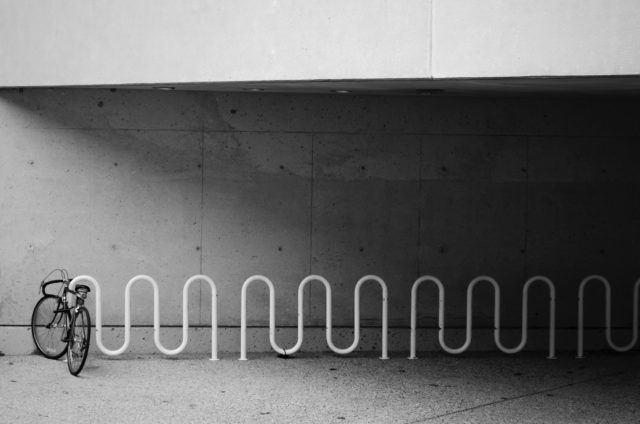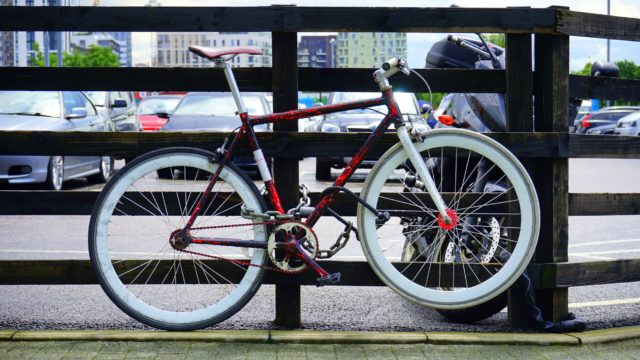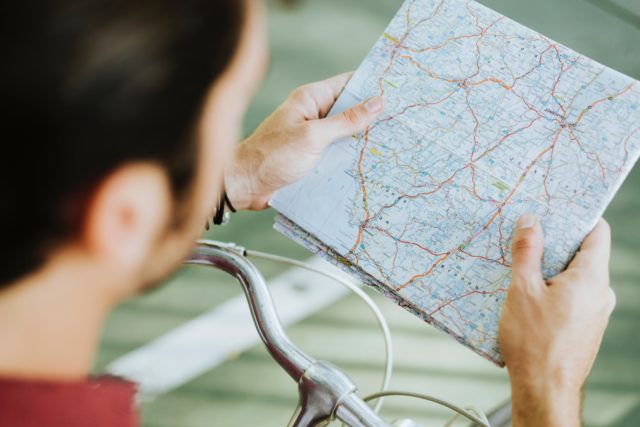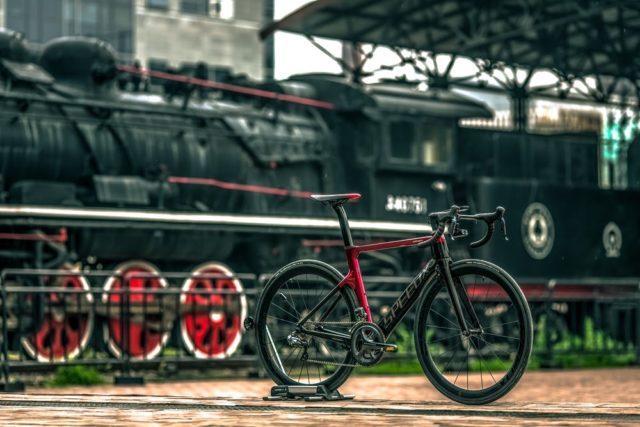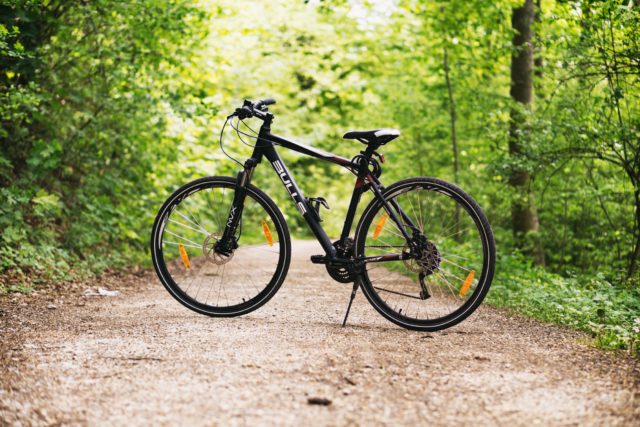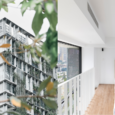Transporting from one place to another in Metro Manila can be very stressful. Sometimes, braving EDSA can even take you hours. Simply put, Manila traffic can drain us of our energy. Cab fare can be expensive for some, the train often becomes too crowded, and parking spaces for private vehicles are becoming harder and harder to find. If you think you have exhausted all the possible means of transportation, think again. There’s another healthier, cheaper, and greener alternative–riding the bike. If you are thinking of buying a bike to move around the city, this guide is for you. Here are 7 tips to get you started.
7. Make sure you are easily seen.
Overtime? Late-night group projects? There are times when you have no choice but to travel during night time. When that happens, it is important that you make yourself visible as you might pass by a few dimly-lit streets.
A few of the things you can do to let other drivers know that you are there is to wear high-visibility clothing. It can be a vest, a strap, or a reflective tape that’s slapped on your shirt. Apart from that, it is highly recommended that you strap a headlight and taillight on your bike.
6. Find the best parking spot.
So you’ve successfully arrived at your destination but it turns out, your building doesn’t allow bikes inside. Before going out, make sure that you can park your bike somewhere safe. If your office/school building doesn’t have bike parking, a few malls have designated spaces for bikes inside their parking lots. But if worse comes to worst and you have no choice but to leave your bike outside, make sure to bring a durable lock.
A few tips on parking your bike:
-To help ease your mind, you can opt for the U-Locks with a level 10 security. These locks are heavy duty and will definitely give bike thieves a difficult time prying it open.
-Lock your wheels with the frame. Some wheels have a quick-release system so if only your wheels are locked to a post, the thief can simply disassemble it and take the frame.
-Park your bike in a well-lit area where there are people.
-Make sure that you lock your bike to something secure and stable.
-Many commuters even suggest bringing not one, not two, but three locks.
5. Learn the essential hand signals.
If car drivers use turn signals when going left or right, cyclists should also know how to communicate with other drivers or cyclists. Before hitting the road, make sure you know the correct gestures to use when turning, slowing down, or even when you want to tell the one behind you to slow down.
4. Study and find the best route.
Just because it is the nearer and/or faster route doesn’t make it the best. Sometimes, the slightly longer but safer road is more preferable. Try to see if there are bike lanes along the way. BGC and Ortigas are known for having numerous bike lanes within the city.
3. Try to have a dry run during the weekend.
Now that you have your route figured out, it’s time to test it. Trying it out first helps you estimate the time you need to reach your destination. This will prevent you from being late in case you underestimated your travel time.
2. Find the right bike for your needs.
Different strokes for different folks that’s why it’s important for you to know which type of bike suits your needs. There are numerous different types of bikes with their own pros and cons but here are a few of the common ones that commuters prefer to use.
Road bike
Pros:
-fast
-narrow handlebars allow you to weave through the cars easily
-light; easier to carry when going up the stairs
Cons:
-its tires can be too thin for potholes or bad roads
-the riding position can be uncomfortable
Mountain bike
Pros:
-has thick tires that are more suitable for bad roads
-offers a comfortable upright position
-better suspension compared to road bike
Cons:
-slower compared to a road bike
-its flat handlebars can make it more difficult for you to weave through the cars in traffic
Foldable bike
Pros:
-can be brought inside the LRT/MRT
Cons:
-smaller wheel sizes–less stable during quick turns
-not as fast as other standard bikes
1. Learn the basics of bike repair.
It’s a total bummer when your tire busts in the middle of a commute. If you’re lucky, a few passersby can help you change it. In case there’s no one there, it’s important that you know how to do basic bike repairs yourself.
What do you think about the guide? Let us know your thoughts by commenting below!

